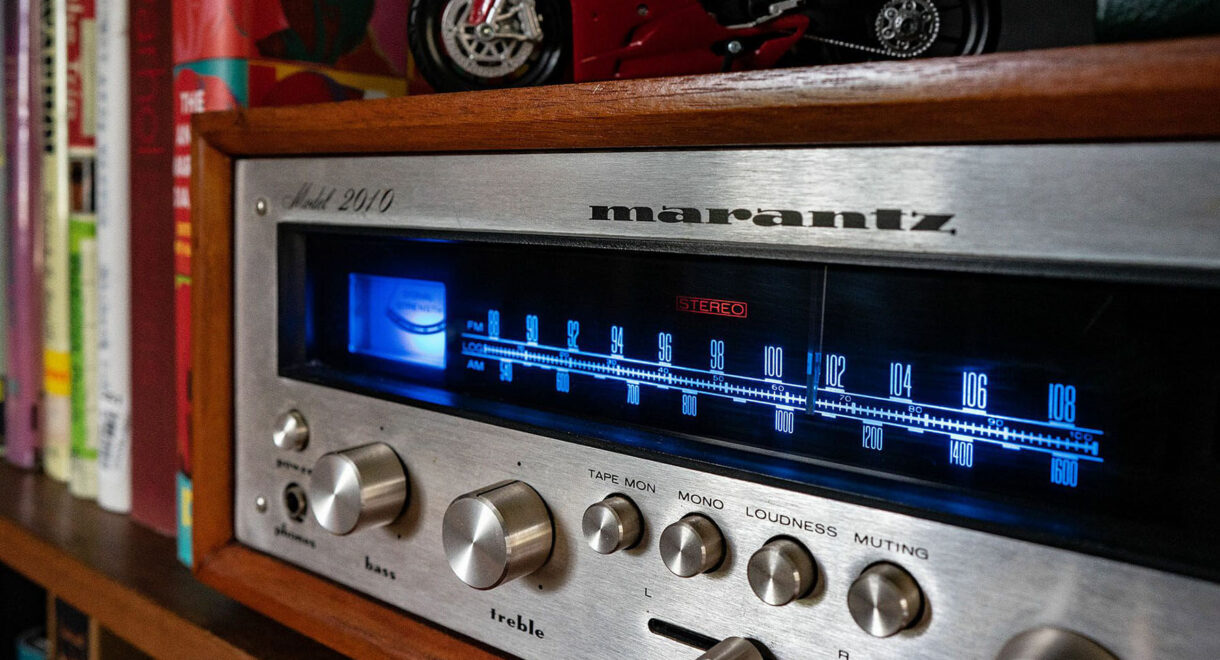Gelareh Khoie shares the story of thirtyninehotel, a legendary nightclub, art gallery, and performance space powered by Klipschorns from David Mancuso’s Prince Street loft parties. Love (Art & […]
Paul W. Klipsch’s Eight Cardinal Points to Sound Reproduction

Essential tips from Paul W. Klipsch featured in a vintage brochure.
Klipsch loudspeakers are the next best thing to original sound. It’s like being there. Klipsch loudspeaker systems, throughout their extended range – more than the human ear can hear – respond with definition of tone and freedom from distortion. Music is reproduced just as it’s heard in the original performance.
You see, Klipsch systems have no sound of their own. They reproduce the original. They were designed for this purpose by Paul W. Klipsch and he’s come closer than anybody else.
Before you listen to a Klipsch loudspeaker, or any speaker for that matter, there are certain things to look for and listen for. Follow these points and hear what you’ve been missing.
1. Freedom from distortion.
Minimum distortion, including modulation distortion, which keeps your ears in focus, requires small amplitudes of air mass movements, even at peak transient power output. Bass diaphragm motion should not exceed 2mm (1/16 inch). By placing speakers in corners you reduce distortion by three-fourths.
2. Optimum size of speakers
Some speakers are too little. Some speakers are too big. Klipsch speakers are just right. A speaker should be large enough to reproduce the lowest audible bass tone at peak power output without distortion, but not so large as to produce a separation of bass and treble events. All Klipsch speakers, regardless of size, adhere to this principle.
3. Freedom from rattles.
Klipsch loudspeaker systems are hand made with mechanical integrity. They’re solidly built.. And will not rattle.
4. Freedom from shadows
Listen unobstructed. Anything between you and the speaker cannot be tolerated. Treble wave lengths do not turn corners or travel through solid matter.
5. Freedom from cavities
Keep speakers on solid ground. Mounted on legs, the space under the speaker can destroy the bottom octave of response and deteriorate the next two octaves.
6. Adequate spacing for stereo.
In a 4.3 x 5.2 meter room (14′ x 17′), use of the 5.2 meter wall is the best placement for speakers. Plus, corner placement increases the effective size of the speaker eight times.
7. Accurate spatial values.
To localize reproduced sound sources in their original spatial relationship requires three widely-spaced speakers, regardless of size or type.
8. Flanking speakers toed-in.
This toe-in is naturally provided by corner speakers such as ours. The effect is to reduce shift of the virtual sound sources for different listener locations. This is the only way to achieve a wide area for listening. Don’t be selfish. Let everyone enjoy the music.










